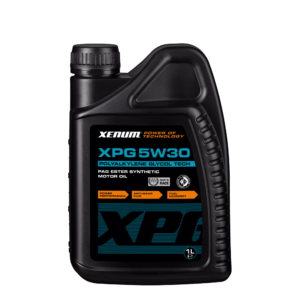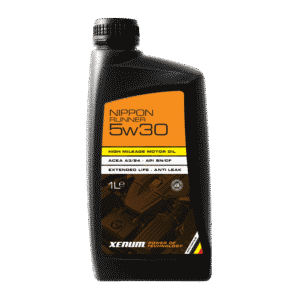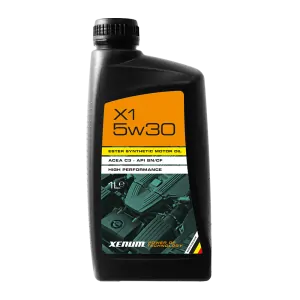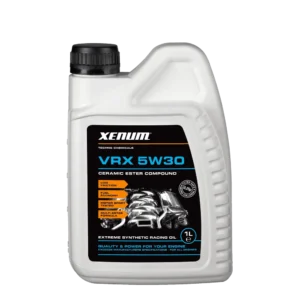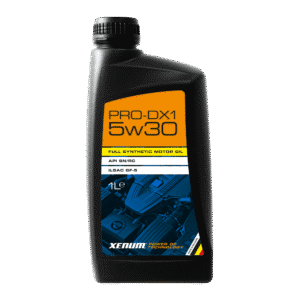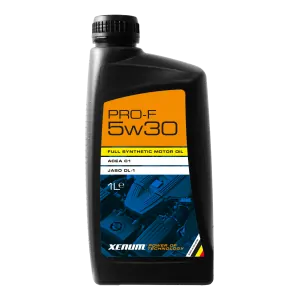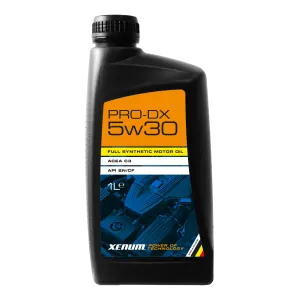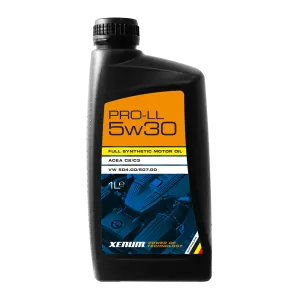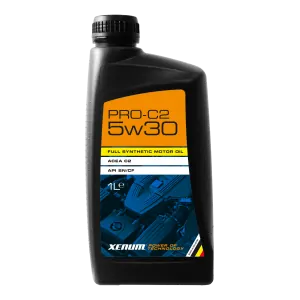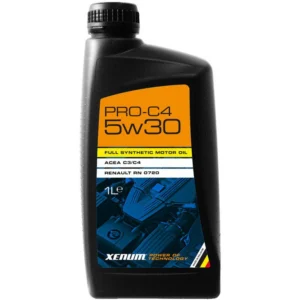5W30
Automotive oils with the specification SAE 5W30
Let's start with the fact that each oil has its own viscosity, which in one way or another needs to be classified in order to be able to tell which oil is the most viscous of 2 samples. Now there are a huge number of classifications of oil viscosity, both motor and other, and the most popular classification is the SAE classification. That is why you can see a similar inscription 5W30 or 5W-30 on almost any oil package. Here the question arises - what do these numbers mean?
5W30 - this is the SAE viscosity designation, but if you open the standard, you will not see such an entry there, but you will see 5W and 30 separately. What's the matter? This inscription on the oil means that it is universal and can be used both in winter and in summer, and the temperature range of its use will depend on the standards of 5W in winter and 30 in summer. You can see the characteristics of these standards by using the official table according to the standard SAE J300. Now let's deal with each standard separately.
SAE 5W winter standard
The 5W standard determines the behavior of 5W-30 (or 5W30) oil in the winter period of use, and also fully defines the viscosity value and limits of use at sub-zero temperatures.
| Characteristic | Value |
|---|---|
| Maximum temperature limit for cold start of MPA * z | 6600 at -30 degrees. Celsius |
| Temperature limit for pumpability in the absence of shear stress | 60,000 at -35 degrees. Celsius |
| Minimum kinematic viscosity at low shear rates at 100 degrees. celsius | 3.8 |
| Maximum kinematic viscosity at low shear rates at 100 degrees. celsius | is not defined |
| Dynamic viscosity at high shear rates at 150 degrees Celsius | is not defined |
| The name of the standard | SAE J300 |
| It is used in the temperature range | at low temperatures |
| It is used in the temperature range from | -30 |
| It is used in the temperature range up to | -5 |
SAE 30 summer standard
| Characteristic | Value |
|---|---|
| Maximum temperature limit for cold start of MPA * z | Not defined |
| Temperature limit for pumpability in the absence of shear stress | Not defined |
| Minimum kinematic viscosity at low shear rates at 100 degrees. celsius | 9.3 |
| Maximum kinematic viscosity at low shear rates at 100 degrees. celsius | 12.5 |
| Dynamic viscosity at high shear rates at 150 degrees Celsius | 2.9 |
| The name of the standard | SAE J300 |
| It is used in the temperature range | High temperatures |
| It is used in the temperature range from | -5 |
| It is used in the temperature range up to | +35 |
Accordingly, standard 30 determines the behavior of 5W-30 oil in the summer period of use, and also fully defines the viscosity value and limits of use at plus temperatures.
Now the only thing left for us to do is to combine the above tables and get the actual characteristics of our "oil".
Characteristics of oil specifications 5W30
| Characteristic | Value |
|---|---|
| Dynamic viscosity at high shear rates at 150 degrees Celsius | 2.9 |
| Maximum kinematic viscosity at low shear rates at 100 degrees. celsius | 12.5 |
| Maximum temperature limit for cold start of MPA * z | 6600 at -30 degrees. Celsius |
| Minimum kinematic viscosity at low shear rates at 100 degrees. celsius | 3.8 |
| Name of the standard | SAE J300 |
| It is used in the temperature range up to | +35 |
| It is used in the temperature range from | -30 |
| It is used in the temperature range | Universal |
| Temperature limit for pumpability in the absence of shear stress | 60,000 at -35 degrees. Celsius |
The table is nothing more than the result of combining the characteristics of summer and winter standards. This is how the characteristics for dual oil standards come out.
XENUM presents a large number of oils with the specification SAE 5W30 (5W-30) with tolerances that are suitable for your car.
 automatic transmission (automatic)
automatic transmission (automatic) MKP (Mechanics)
MKP (Mechanics) Lubricating system
Lubricating system Fuel system
Fuel system Cooling system
Cooling system
